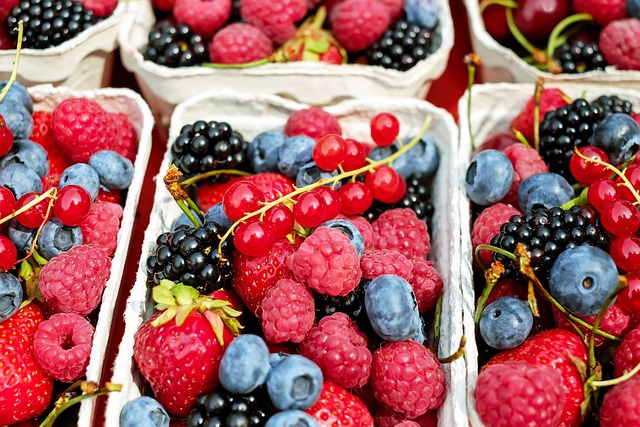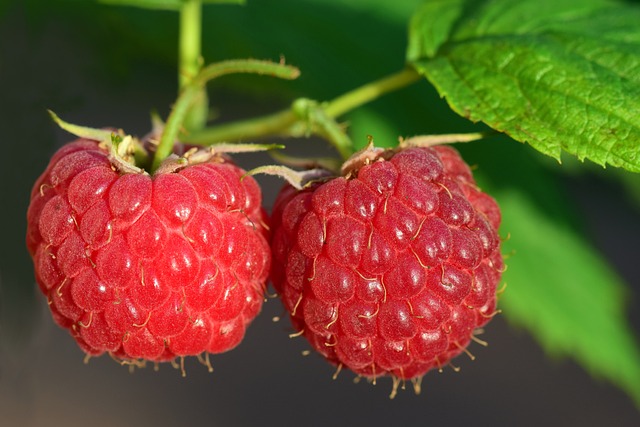We are happy to help you with any questions you may have about our products and services.
The sunny days of late summer and early autumn are harvest time for Canada’s blueberry crop. In British Columbia, Ontario, Quebec and the Atlantic provinces, workers hand-pick the sweetest fruits for the table market, while mechanical pickers scoop up the berries destined for freezing and processing.
Canada is the world’s second-largest producer and exporter of these delectable berries, after the United States, and they are a highly valuable crop.
These small blue globes have always been prized, and for centuries were a special favourite among Canada’s First Nations. Long before the Europeans arrived, they had learned how to smoke the wild fruit for winter use, mix it with honey and cornmeal to make blueberry pudding, and make a blueberry syrup to cure coughs. Nowadays, Canada’s blueberries are commercially grown in both wild and cultivated varieties, making them unique—no other Canadian fruit shares this distinction.
Lowbush and highbush blueberries
Canada is the world’s largest producer of “lowbush blueberries,” which is another name for wild blueberries. Most are grown commercially in Quebec and the Atlantic provinces. They are native to Eastern North America and grow best on treeless land or on land that has been burned over. Wild blueberries are unusual because growers do not plant them, but instead manage wild stands that spread naturally by means of underground runners. Since managed wild blueberry fields can have several distinct runner systems, the berries are often not uniform in appearance—but the delectable taste is always the same.
“Highbush” refers to cultivated blueberry plants, which were developed from the wild variety in the first half of the 20th century. British Columbia grows the majority of highbush blueberries (93 percent) but they can also be found in Ontario, Quebec and Nova Scotia. They are harvested earlier than lowbush berries and are larger and less perishable, which makes them highly suitable for shipping to retail markets. As a result, much of the highbush crop is sold fresh, in contrast to the lowbush crop, which is mostly destined for processing and freezing.
Sweet nutrition
Canadian blueberries are delicious in pancakes, pies, tarts, muffins, sauces and cakes, but they are amazingly versatile in other dishes as well. Their fresh, natural flavour enhances the taste of pork, chicken and game, and chefs can combine them with almost any other fruit or berry to make a delectable dessert. Wild blueberry juice, a relatively new arrival on the culinary scene, won the Best New Juice Innovation at the World Juice Congress in 2005.
Thanks to market demand, there’s been a dramatic increase in blueberry growing area and production during the past decade—for both wild and cultivated varieties. This demand is fuelled by a rising awareness of the health benefits associated with dietary antioxidants, which occur naturally in a number of berries. Blueberries are extremely rich in these antioxidants, which makes them especially appealing to health-conscious consumers. They are also low in calories, high in fibre and nutrients, and may contribute to heart health since they appear to act as an anti-inflammatory and may reduce blood cholesterol levels.
A clean, natural harvest
Canadian blueberries are grown in clean, healthy conditions. They are monitored by the Canadian Food Inspection Agency (CFIA), which ensures that they comply with grading, packaging and labelling regulations.
Blueberries are delicate fruit, harvested with great care to ensure maximum quality, while advances in processing mean that they are in top condition when they reach consumers.
Taste the Canadian difference
There is nothing quite like the sweet, intense taste of Canadian blueberries

